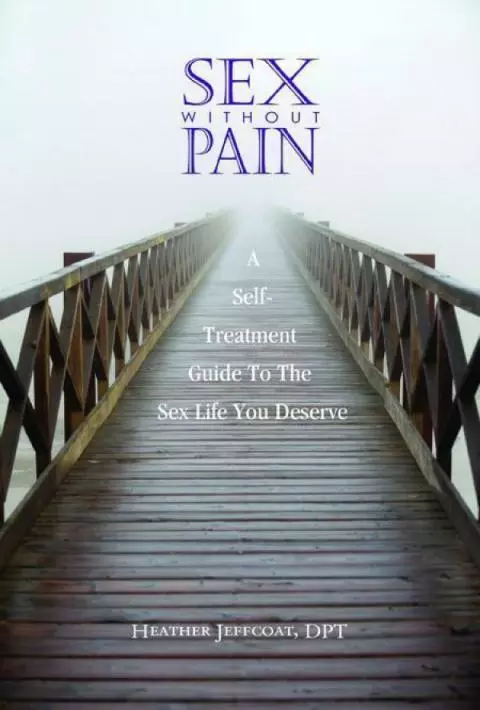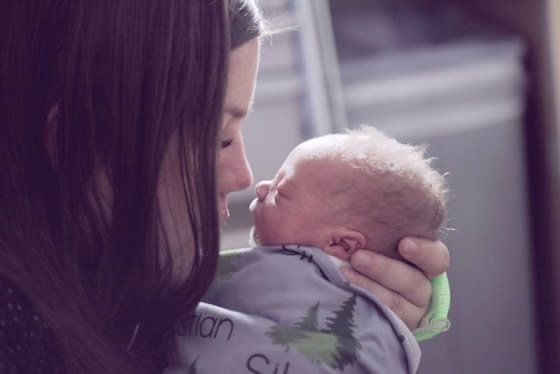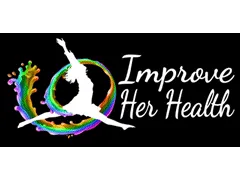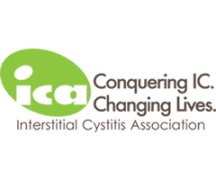Pelvic pain during the postpartum period is common, even for those who had a “perfect and easy” pregnancy, labor and delivery. Often times, healthcare providers will tell women that the pain “will get better with time,” however it's important to advocate for yourself and seek out care if you feel like you need it. Read my previous article about advocating for your postpartum care here.
Common types of postpartum pelvic pain and what you can do at home:
Vaginal Dryness
After delivery, your estrogen levels drop and progesterone levels stay high, especially if your are breastfeeding.
What you can do:
A simple solution can be drinking more water and using a water-based lubricant, read my previous blog on choosing the right lubricant for you.
Muscle and skin pain
General muscle pain in and around the pelvic floor, back, and hips is expected after delivery, as is skin pain around the genitals and perineum, especially if you tore or had an episiotomy during the delivery.
What you can do:
- Apply ice packs at the perineum to reduce pain and swelling.
- Perform Kegel exercises to increase local circulation and promote healing.
- Keep the area clean with a perineal irrigation bottle and sitz baths to reduce infection risk and help tissue healing.
- Sit on a doughnut cushion to relieve pressure on the perineum.
- Keep bowel movements soft to reduce stress on the pelvic floor and any torn tissues with stitches.
Pubic Pain
Sometimes the pubic symphysis joint can be separated or sprained during delivery. When this injury happens, pain can be felt in the pubic bone, sacroiliac (SI) joints, glutes or thighs. You might have difficulty and pain with turning in bed, transitioning from a seated to standing position, getting in and out of a car, or with weight-bearing activities.
What you can do:
- Contact a pelvic floor therapist
Oftentimes, those with pubic symphysis pain may require advanced manual techniques to restore normal alignment, reduce muscle spasm, and perform stabilization exercises that will strengthen the area without causing further pain. Getting a referral for an evaluation from a pelvic floor therapist will help guide you get the care you need and the guidance you'll need through this process. - Modify Activities
Avoid positions that make your pain worse. If certain activities cause pain, for example, standing on one leg while slipping a shoe strap over your heel, sit down instead. - Keep legs together when rolling over in bed or getting out of the car, imagine you are wearing a tight mini-skirt. Try getting into bed "on all fours" and then lying on your side, rather than sitting in bed and lifting her legs up. Avoid positions with legs separated very wide: deep squat, child’s pose, butterfly stretch.
- Pillow between the legs when you sleep on your side at night. Gently squeeze the pillow when you roll in bed.
- Wear a support belt
Get a compression belt or maternity support to help stabilize your pelvis. We like the Serola belt and sell them at Femina PT. Wear the belt when up and about, especially with exercise and household chores. - Gentle Exercise
Cut out high impact exercise when experiencing pain. Instead, try walking, swimming, and gentle yoga.
Tailbone pain (coccydynia)
With tailbone pain, pelvic pain is mostly felt when sitting.
What you can do:
- Sit with proper posture on the “sitting bones” rather than slouching onto the tailbone.
- Sitting on a wedge cushion with a tailbone cutout can help reduce pressure on the area
- Contact a pelvic floor therapist. Pelvic floor muscle spasm is a primary cause of tailbone pain and you may need manual therapy from a trained pelvic floor therapist to help calm the muscles of this area.
Vaginal scar pain
Scars from tearing or episiotomies can stay tender and sensitive for quite some time. The pain can prevent one’s ability to insert tampons, tolerate gynecological exams, or have penetrative sex.
What you can do:
Perform perineal massage the scar site and the perineum with your fingers or a vibrator. Use plenty of lubricant (water based lubricant, or a body-safe oil like organic coconut oil). Contact a pelvic floor therapist, a midwife, or a doula if you need help!
Nerve Injury or Entrapment
In rare cases postpartum pelvic pain can be due to nerve injury or entrapment from delivery, causing pain or incontinence.
What you can do:
Make sure you attend all your postpartum visits with your medical practitioners and also watch your own symptoms of pain and incontinence. If you feel like things are not improving, bring it up to your healthcare team.
When in doubt, pelvic floor therapy!
Pelvic floor therapists are trained to evaluate and treat pelvic pain before, during and after pregnancy. A good pelvic floor therapist will teach you all the skills they know including scar desensitization and mobilization techniques, ways to lengthen and strengthen pelvic floor muscles, and safe exercises to regain your strength. Give Femina PT a call today and schedule an appointment.
References:
ACOG, 2005. Your pregnancy and birth. Washington, DC: Meredith Books.
Al Hakim M,. Katirji B. 1994. Femoral mononeuropathy induced by the lithotomy position: a report of five cases with a review of literature. Muscle Nerve 17:4 466.
Babayev M., Bodack M.P., Creatura C. 1998. Common peroneal neuropathy secondary to squatting during childbirth. Obstet Gynecol 91:5 830-832.
Haslam, J., Laycock, J. Therapeutic management of Incontinence and Pelvic Pain.
Therapeutic Management of Incontinence and Pelvic Pain. 2nd edition. Halsam and Laycock.
Ley L., Ikhouane M., et al. 2007. Neurological complication after the “tailor posture” during labour with epidural analgesia. J Gynecol Obstet Biol Reprod 36:5 496-499.
Massey E.W., Cefalo R.C. 1979. Neuropathies of Pregnancy. Obstet Gynecol Surv. 34:7 489-492.
Ronchetti I., Vleeming A., et al. 2008. Physical characteristics of women with severe pelvic girdle pain after pregnancy: a descriptive cohort study. Spine 33:5 145-151.
Snow R.E., Neubert A.G. 1997. Peripartum pubic symphysis separation: a case series and review of the literature. Obstet Gynecol Surv 52:7 438-443.
Stephenson, R., O’Connor, L. 2000. Obstetric and Gynecologic Care in Physical Therapy. New Jersey: Slack, Inc.
Tetzschner T., Sorensen M., et al. 1995. Pudendal nerve damage increases the risk of fecal incontinence in women with anal sphincter rupture after childbirth. Acta Obstet Gynecol Scand 74:6 434-440.
Tetzschner T., Sorensen M., et al. 1997. Delivery and pudendal nerve function. Acta Obstet Gynecol Scand 76:4 324-331.
Wong C.A., Scavone B.M., et al. 2003. Incidence of postpartum lumbosacral spine and lower extremity nerve injuries. Obstet Gynecol 101:2 279-288.









































































































































